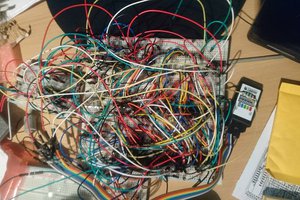I have always been fascinated in how computers work so when I stumbled across Ben Eater's website I was blown away by how well he explains how to build an entire 8-bit computer on a breadboard. He also shows to build the 6502 breadboard computer and both share the same clock so with the 6502 build being a bit simpler, it seemed like the logical place to start.
The clock can either pulse using a variable rate resistor or can single step each pulse which will allow me to see the address and data pins or any other pins by writing a small Sketch program to monitor the bits in the serial monitor.
Ben also shows how to push 6502 binaries the what will be a keyboard-less computer by using a modern machine to push the bits to an EEPROM. There are also video's on how USB keyboards and video card's work so if I am successful on this project I may try adding in these components as separate projects.
 8bitflynn
8bitflynn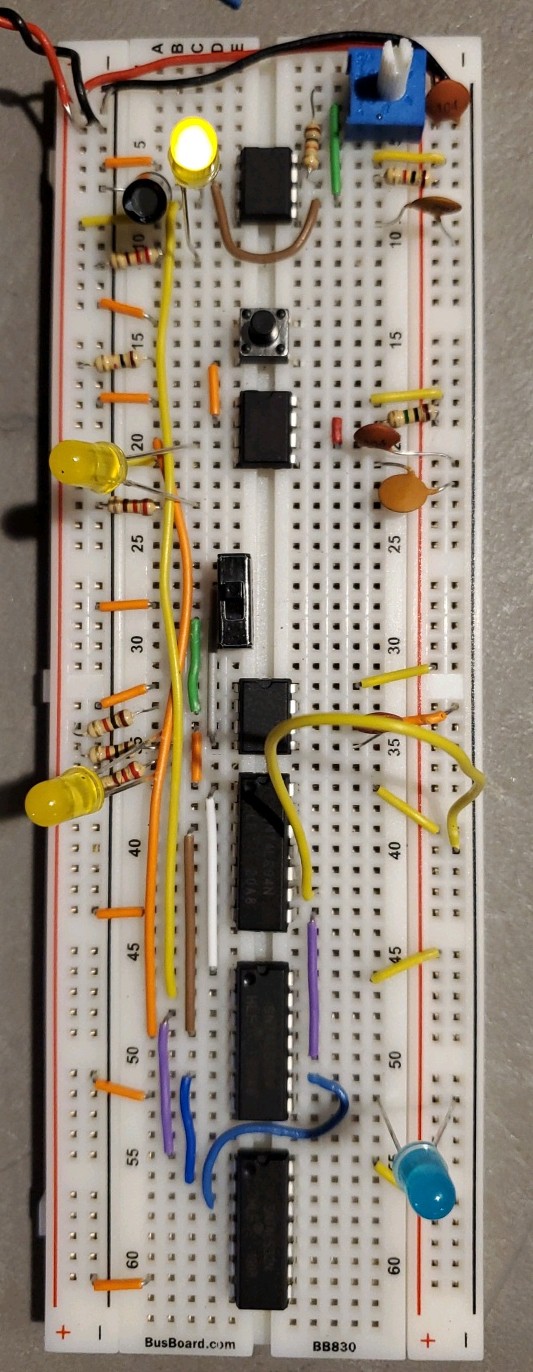
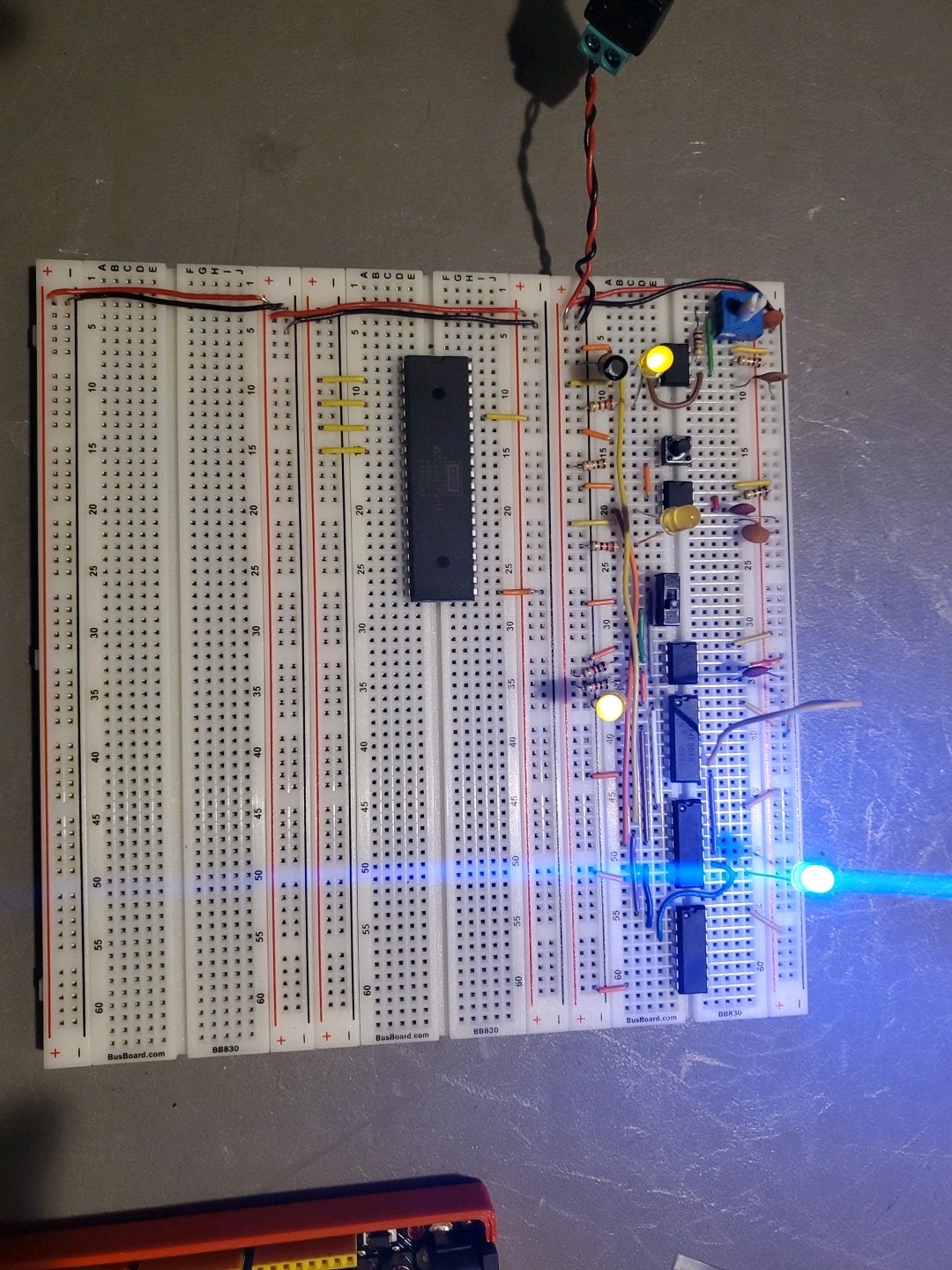

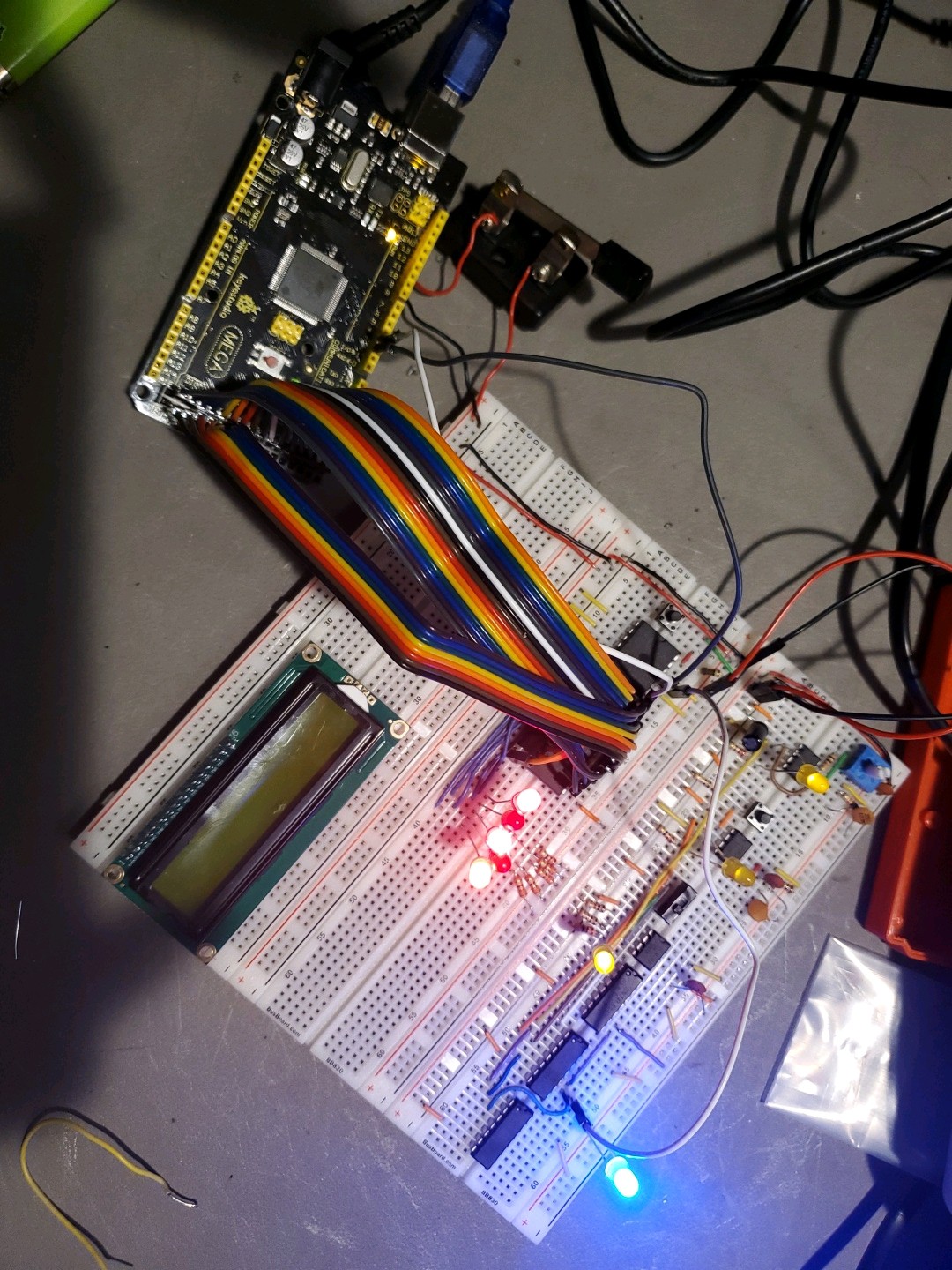




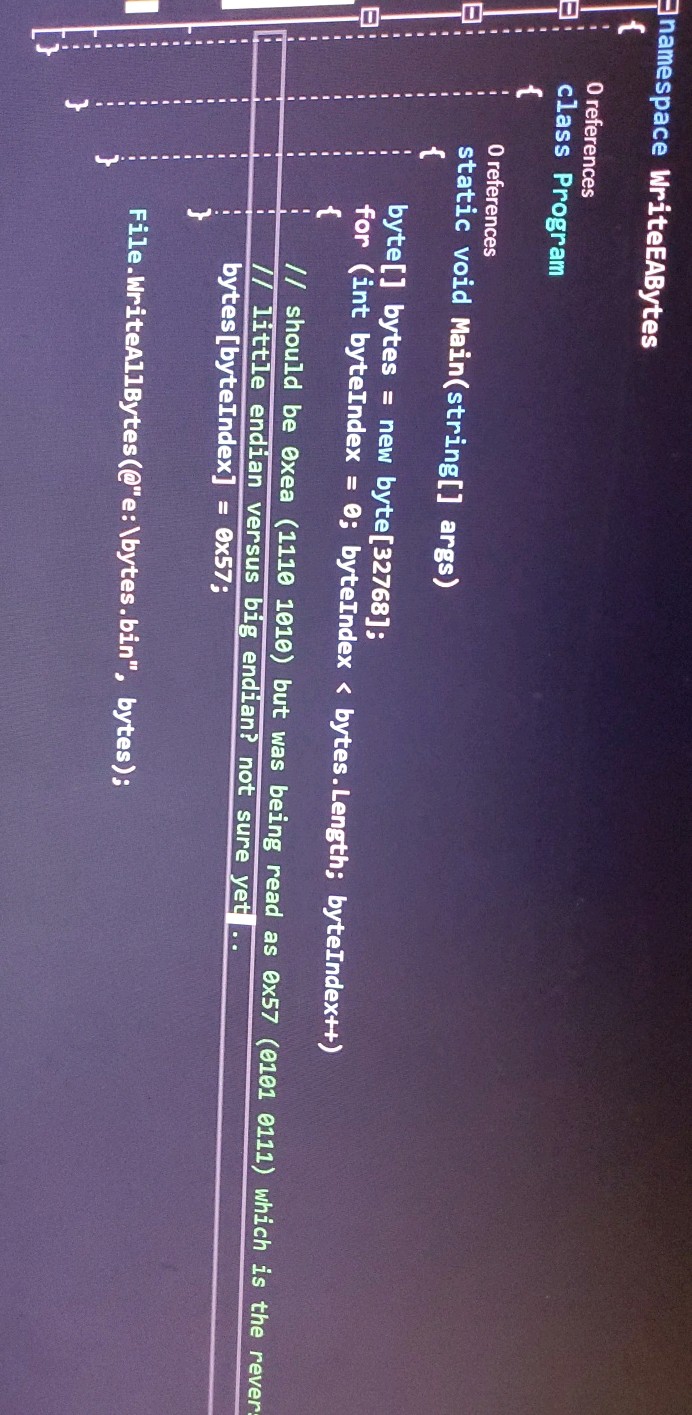
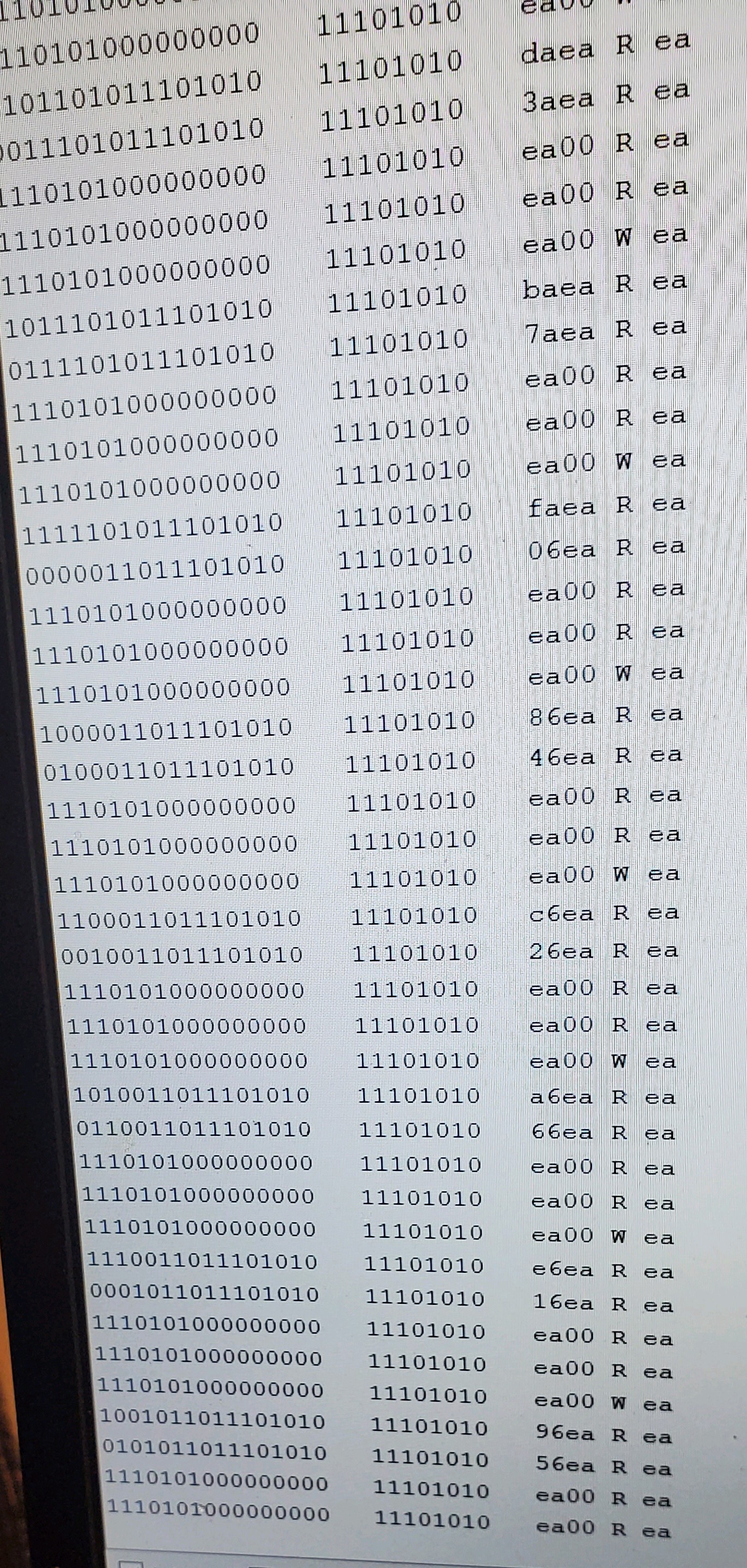


 Gabriel Cséfalvay
Gabriel Cséfalvay
 teardownit
teardownit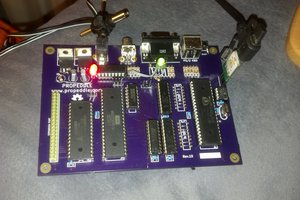
 Jac Goudsmit
Jac Goudsmit